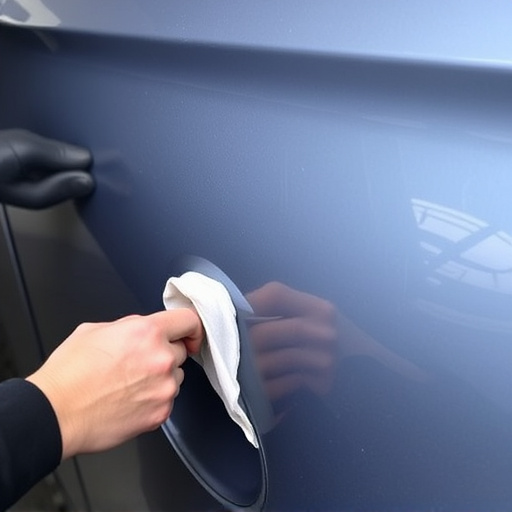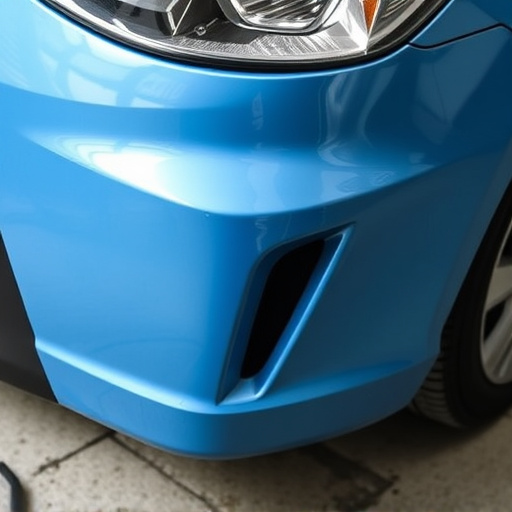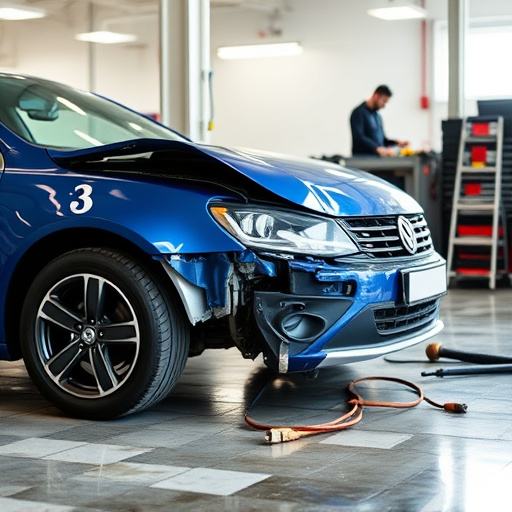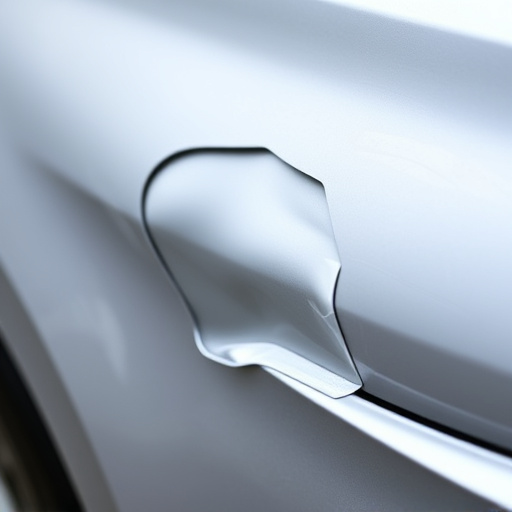Repairs for fallen tree damage require examining beyond visible injuries to detect rot, pest infestations, and branch stabilization failures that weaken structural integrity. Early intervention through bracing or replacement prevents future instability. Fallen tree damage repair must also address soil erosion and compaction to maintain land fertility, ecosystem health, and prevent environmental degradation over time.
When a tree falls, the immediate concern often shifts from the initial impact to clearing the debris. However, fallen tree damage repair involves addressing hidden problems that can compromise property safety and environmental health. This article delves into three subtle yet significant issues frequently overlooked during restoration efforts: rot and pest infestations, misdiagnosed branch stabilization failures, and long-term soil erosion and compaction. Understanding these challenges is crucial for effective, lasting repairs.
- Uncovering Subterfuge: Rot and Pest Infestations
- Misdiagnosed Issues: Branch Stabilization Failures
- Long-Term Consequences: Soil Erosion and Compaction
Uncovering Subterfuge: Rot and Pest Infestations

When assessing fallen tree damage repair, one often overlooks the insidious problems lurking beneath the surface. Rot and pest infestations are hidden culprits that can compromise structural integrity and create additional, costly repairs. These issues frequently go unnoticed until they’ve progressed significantly, leading to unexpected challenges during the restoration process.
Tree roots, once exposed, can attract pests like termites or wood-boring beetles. These invaders penetrate the wood, creating tunnels and chambers that weaken the tree’s structure. Similar to auto body services for a dented fender or car scratch repair, addressing these hidden damages is crucial for ensuring long-term stability and safety. Proper inspection and treatment of rot and pest infestations are essential steps in any effective fallen tree damage repair plan.
Misdiagnosed Issues: Branch Stabilization Failures

When assessing fallen tree damage, it’s easy to focus on visible impacts like cracked limbs or uprooted trees. However, one often overlooked area is branch stabilization failures. These issues can be subtle but severe, leading to long-term structural problems if left undiagnosed during repair. Many homeowners and even some professionals might misidentify these as mere aesthetic damages, failing to realize the potential for future instability and safety hazards.
Branch stabilization involves ensuring that tree branches are securely attached and aligned after a fall. Improperly repaired or neglected stabilizations can result in branches swaying unpredictably, especially during storms. This not only compromises the tree’s integrity but also poses risks to nearby structures and vehicles. Fortunately, addressing these issues early on is straightforward, involving techniques like bracing, strapping, or even replacement, similar to car paint services and vehicle body repair for dents. Properly addressing branch stabilization failures is key in preventing further damage during fallen tree damage repair, ensuring the safety and longevity of both your property and the affected tree.
Long-Term Consequences: Soil Erosion and Compaction

When addressing fallen tree damage repair, it’s crucial to consider the long-term effects that may not be immediately apparent. Soil erosion and compaction are significant issues that can arise after a tree falls, causing substantial problems for the surrounding environment. The initial impact of a falling tree can disturb the soil structure, leading to increased water runoff during heavy rainfall events. This accelerated water flow washes away topsoil, nutrient-rich layers, and organic matter, resulting in erosion. Over time, this can cause the land to lose its fertility, impacting nearby vegetation and potentially leading to desertification.
Moreover, the weight of the tree pressing against the soil can compact it, making the ground denser. This compaction hinders water penetration, affecting both natural precipitation absorption and irrigation efficiency. Compacted soil also restricts root growth, which is vital for plants’ stability and nutrient uptake. As a result, areas affected by fallen tree damage repair may face challenges in supporting robust ecosystems, with implications for biodiversity and overall ecosystem health.
In addressing fallen tree damage repair, it’s crucial to go beyond surface-level assessments. Uncovering issues like rot and pest infestations, misdiagnosing branch stabilization failures, and considering long-term effects such as soil erosion and compaction are essential for comprehensive and effective restoration. By thoroughly evaluating these hidden problems, professionals can ensure the longevity of tree structures and the overall health of the environment. For optimal fallen tree damage repair, a meticulous approach that accounts for these concealed challenges is indispensable.














